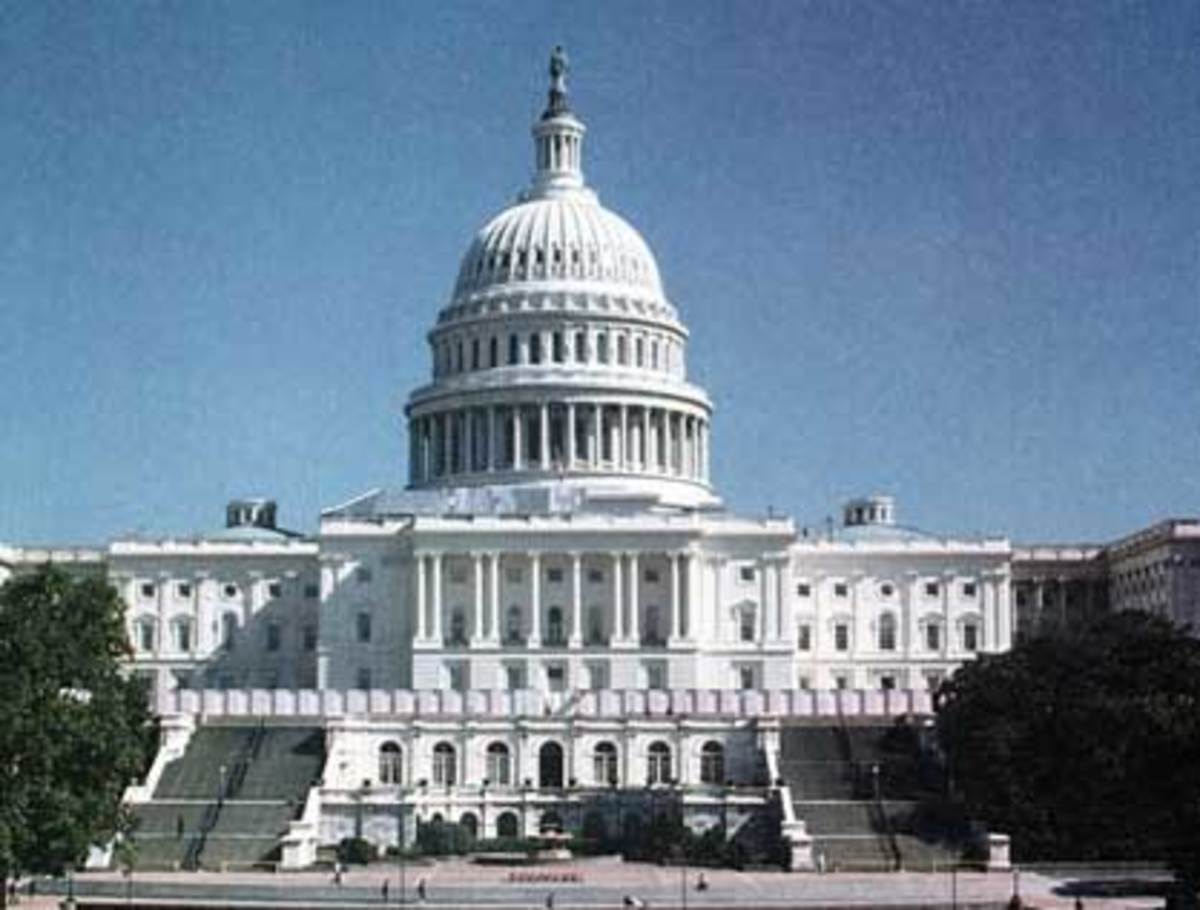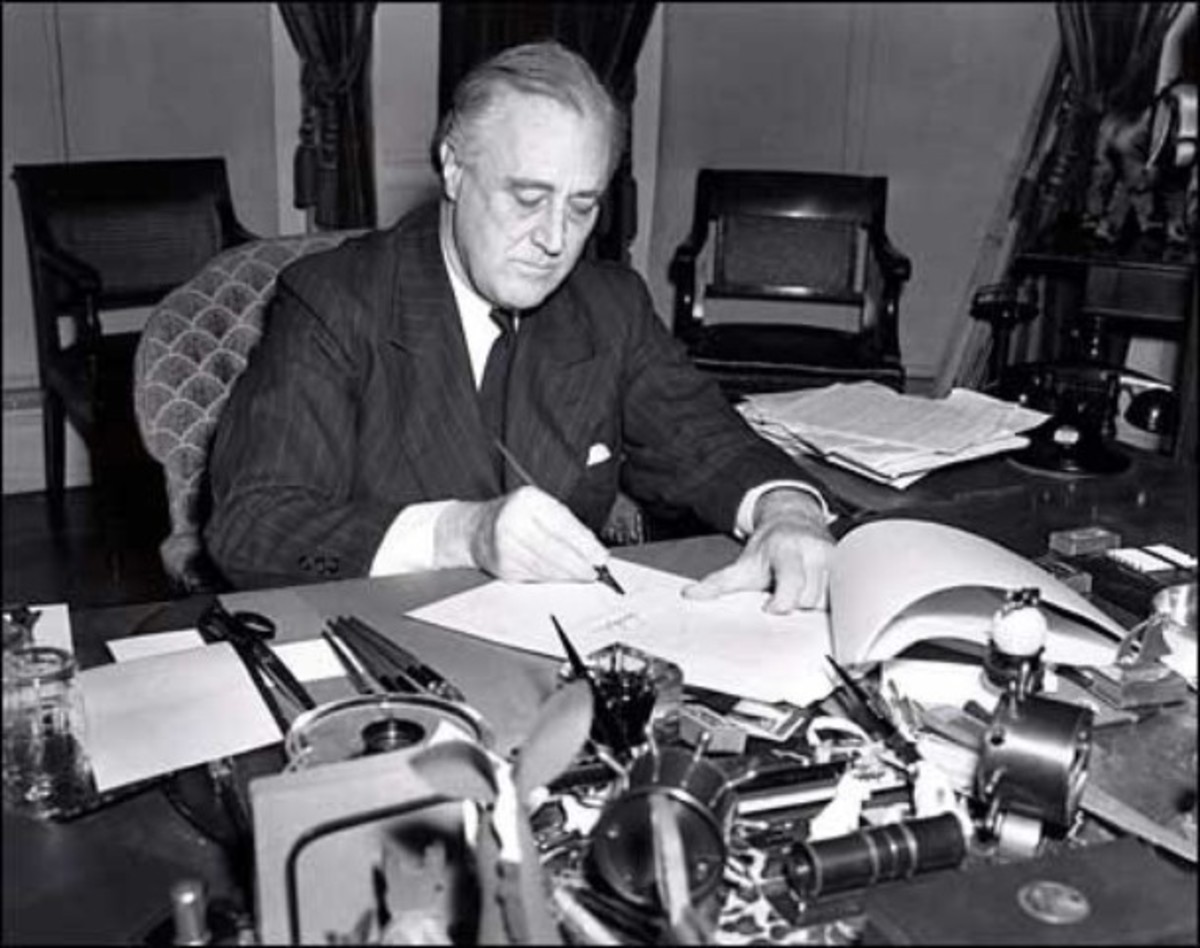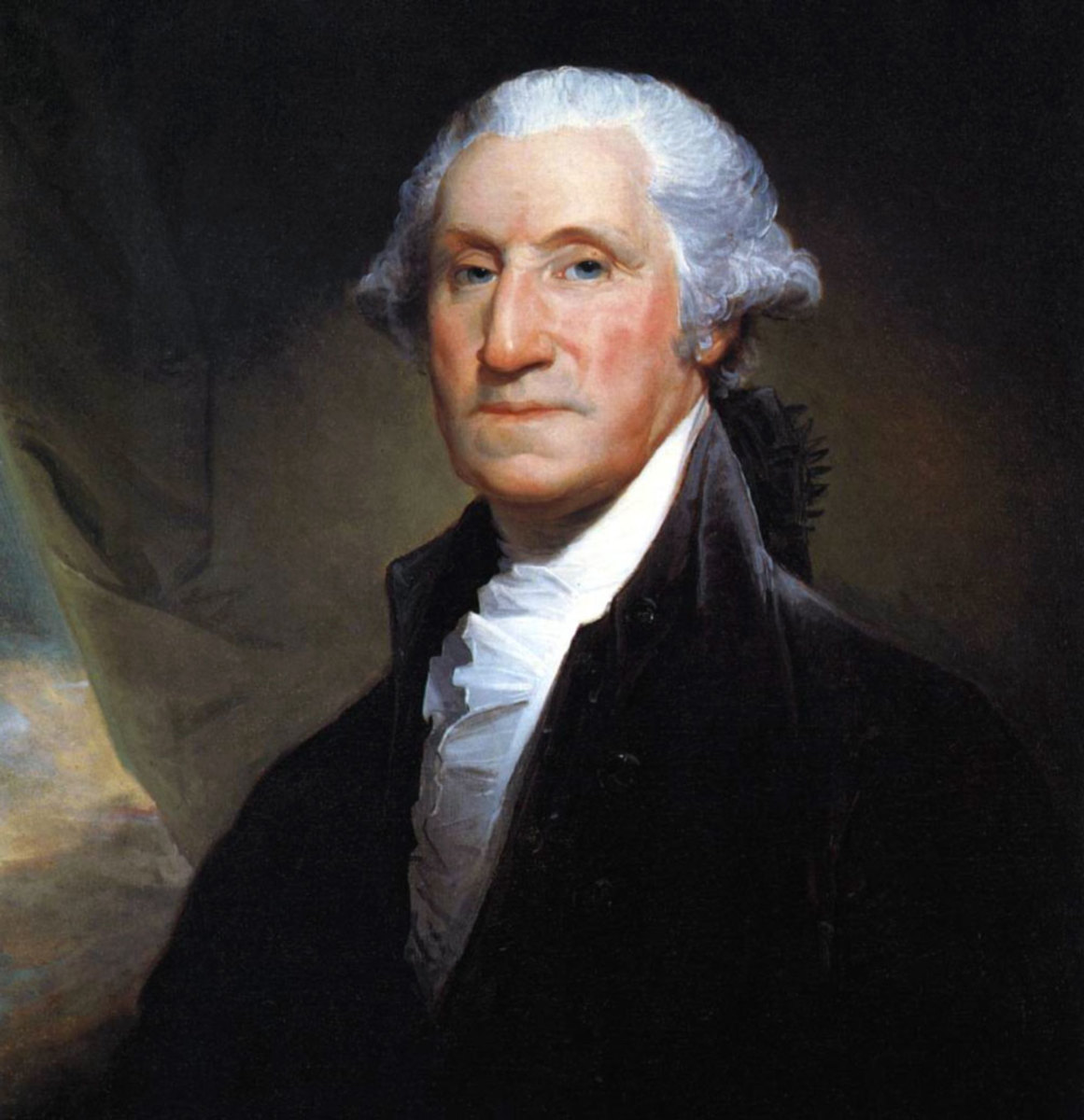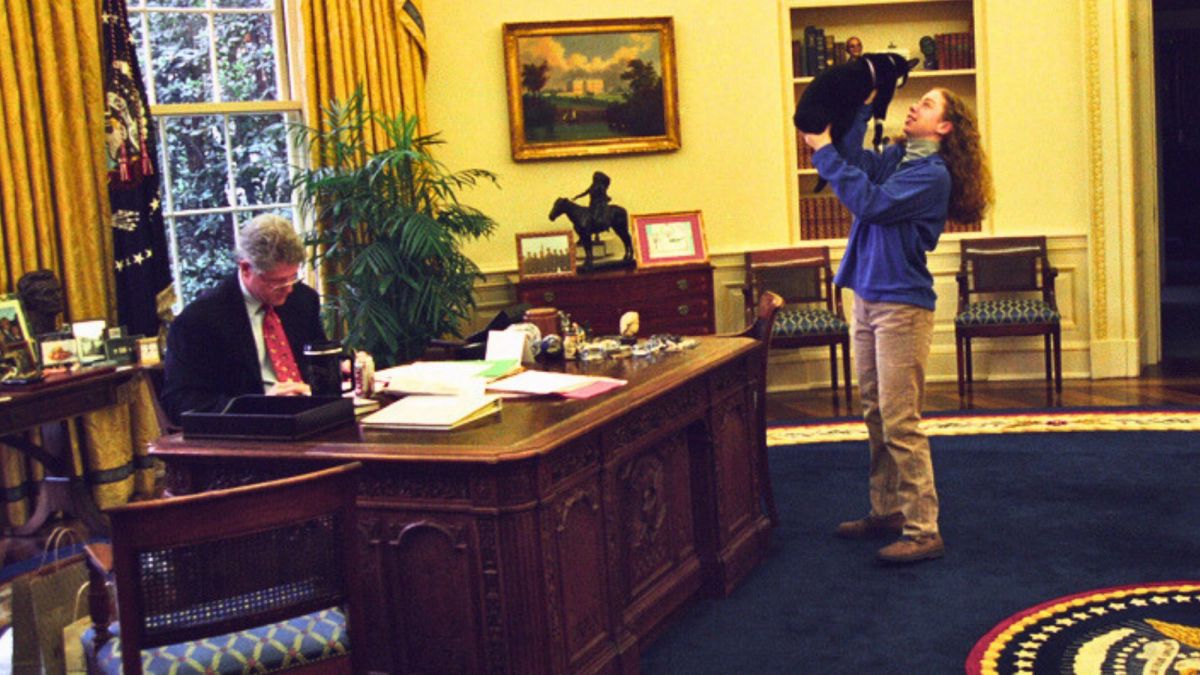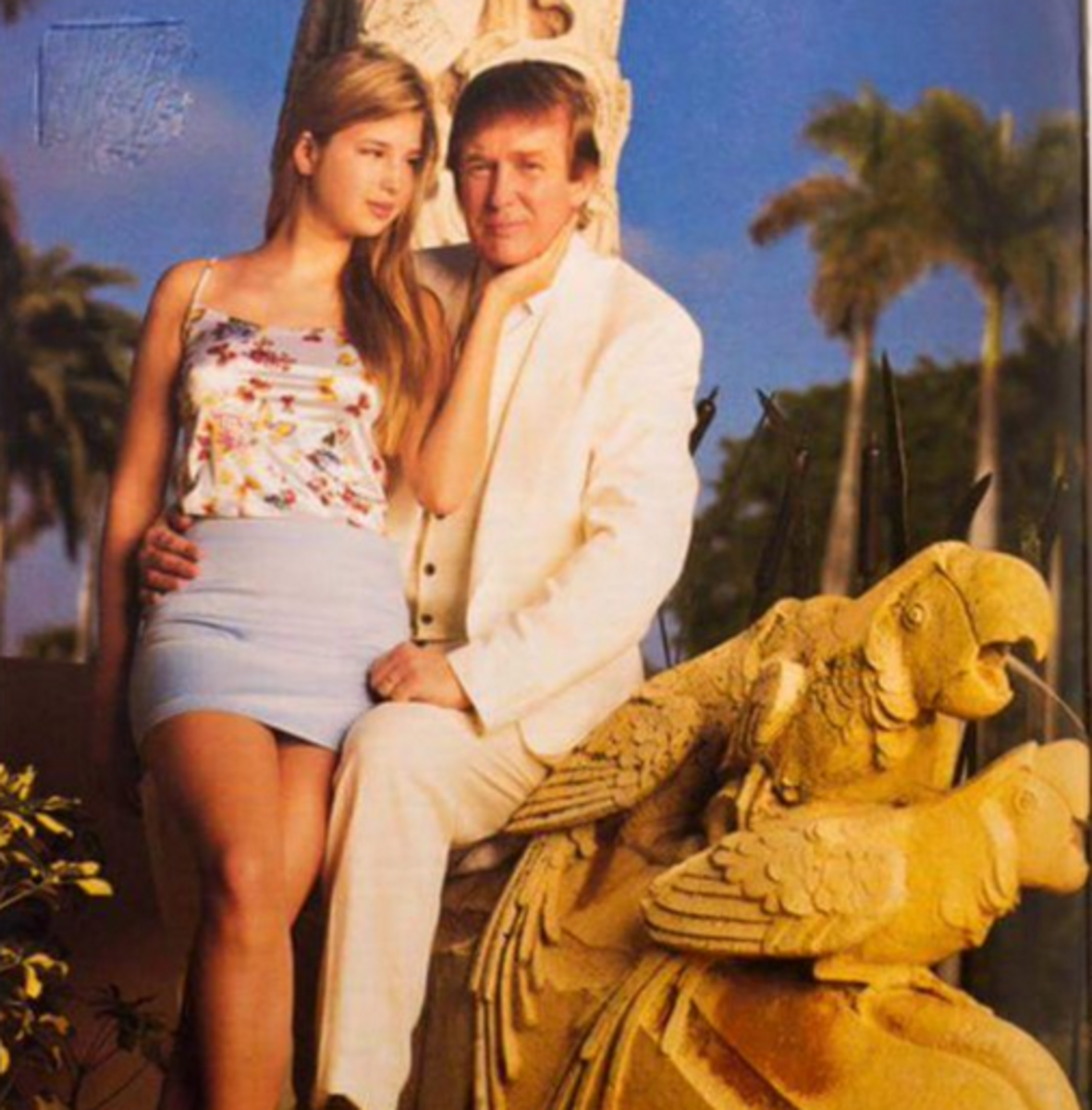How Much Power Does The USA President Really Have?
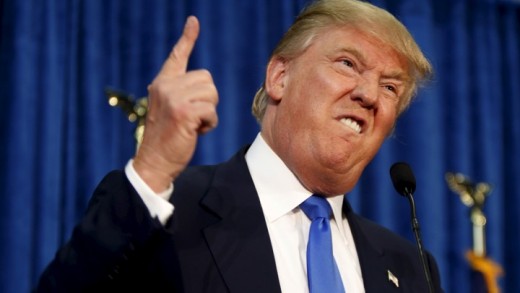
In the USA a balance of power exists between the three branches which form the federal government, they consist of; Executive, Legislative and Judicial. The checks and balance system ensures that no single part of the government exerts too much power or influence. For example, the Executive Branch, aka the President, is the Commander in Chief of the Armed Forces, they can introduce legislation and veto legislation proposed by the Congress, and he/she has the power to appoint ambassadors and the Supreme Court Justices. But what is the limit of Presidential power?
Legislation
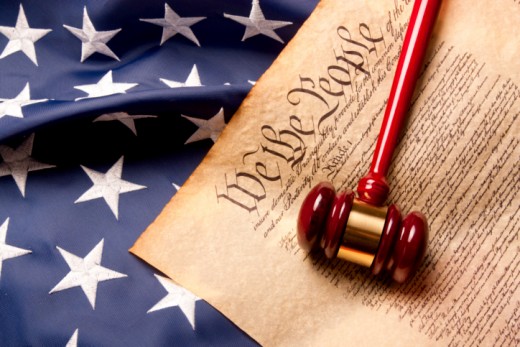
A power the President of the USA has is, in terms of Legislation - the Legislative branch makes the American law and consists of the House and Senate of which are elected independently. Each year, the President can effectively set the Legislative agenda through the State of the Union address, within this speech in Congress, the President can outline past successes as well as Legislative plans for the year ahead. For example, Obama made clear his desire to reform the US healthcare system within his 2009 State of the Union address. This gives the President colossal power as they can set the agenda and 'mould' the policy for the preceding year - this underlines the fact that the President is in a hugely prominent position.
The President also has the power of the Veto and 'Pocket Veto' - if Congress passes a bill the President can simply object to sign it into law. Displaying the President's power over Congress - however - the Congress can over-rule a President Veto with a 2/3rd's majority which very rarely happens nonetheless the last time this was successful was in 2016 when Obama's Veto was overturned on a bill that would allow 9/11 victims to sue Saudi Arabia.
Only Congress can introduce Legislation, and Congress is responsible for the vast majority of Legislation passed. For example, Obamacare was passed into law in 2010 (ACA), although the act was proposed by the President it had to be authorised and voted on by the Congress - establishing the fact that real Legislative power lies within the Congress, and although the President can exert power, the Legislative branch has the concluding say on the Legislation. Furthermore, the Judicial branch also declares laws unconstitutional through the process of Judicial Review, as the Judiciary was responsible for reviewing ACA after it had been approved by Congress. Displaying that the Supreme Court checks the power of the Executive and Legislative Branches.
Mid-term elections allow for the electorate to vote in a 1/3rd of the Senate and new House, so after the 2 years the President may face a so-called 'Hostile House' - happened to Obama after 2010 and Trump after 2018 - the Republicans were able to challenge Obama and stop effective Legislation from being passed on such as the challenge of ACA (Affordable Care Act). Now the House can block Trump's agenda and put him under close scrutiny; as the Democrats currently control committees, they can force Trump to reveal Tax Returns, meaning initiating Legislation on the Minumum Wage and Social Security. This has pushed Trump to become a 'Defensive President', just like Obama after 2013.
The House also controls the finances of the Federal Branch, for example, the Debt Ceiling Crisis in 2013. This keeps the President on a leash.
Overall, the Executive Branch does have an influence when it comes to Legislation; however, the Legislative Branch is responsible for the vast majority of Legislation, and all laws are potentially subject to judicial review by the Supreme Court - meaning the Presidents power is more subtle here.
Use of the Military Forces
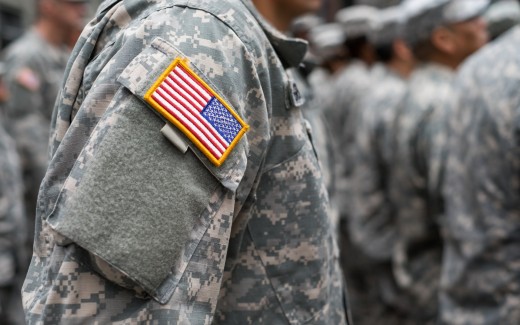
A significant power the President has is in terms of military usage. The President is the Commander in Chief of the armed forces, this gives them far-reaching military power as he can use these armed forces without any Congressional approval but only for up to 60 days, and a 30-day extension can be sought out from the Congress. President Obama famously gave the order to kill Osama Bin Laden in 2011, without the need to consult the Legislative or Judicial Branches of the government. This exemplifies the power the President has, as in theory they make important military decisions - underlining their colossal responsibility and influence.
However, there are also limitations to the President's power in terms of defence, as only Congress can officially declare war or authorise a large-scale military offensive attack. President Bush had to seek authorisation from Congress before military action could be taken against Afghanistan and Iraq in 2001 and 2003 respectively. This being an example of balanced powers However, in strikes against Libya - Obama violated the 1973 War Powers Resolution and used the military for over 60 days without approval from the Congress, costing the US $1bn.
When it comes to the armed forces, the President overrules the Congress and is clearly shown to display more power, as they can act with impunity provided they have the support of the public for the military action - with the last declaration of war being in 1943. However, in response to the 2018 Khashoggi Murder Declaration, the Senate voted to withdraw military support for Saudi Arabia's war with Yemen, therefore, rebuking Trump. This was the first time in history Congress has tried to end a conflict, but Trump threatened to Veto this, and so he did with the Senate failing to override his Veto.
Overall, It's apparent that in the US system, the Executive Branch of the USA undoubtedly wields notable power in relation to military decisions, as the President can technically make decisions without consulting other branches, but it may have consequences. This mechanism in the constitution makes it clear that it is designed so that the Executive is checked by the Legislative Branch and the political system should provide an effective check on the power of the government, but the Executive branch is seemingly more dominant in this sense.
© 2019 Zuzanna Weronika Szafranska

